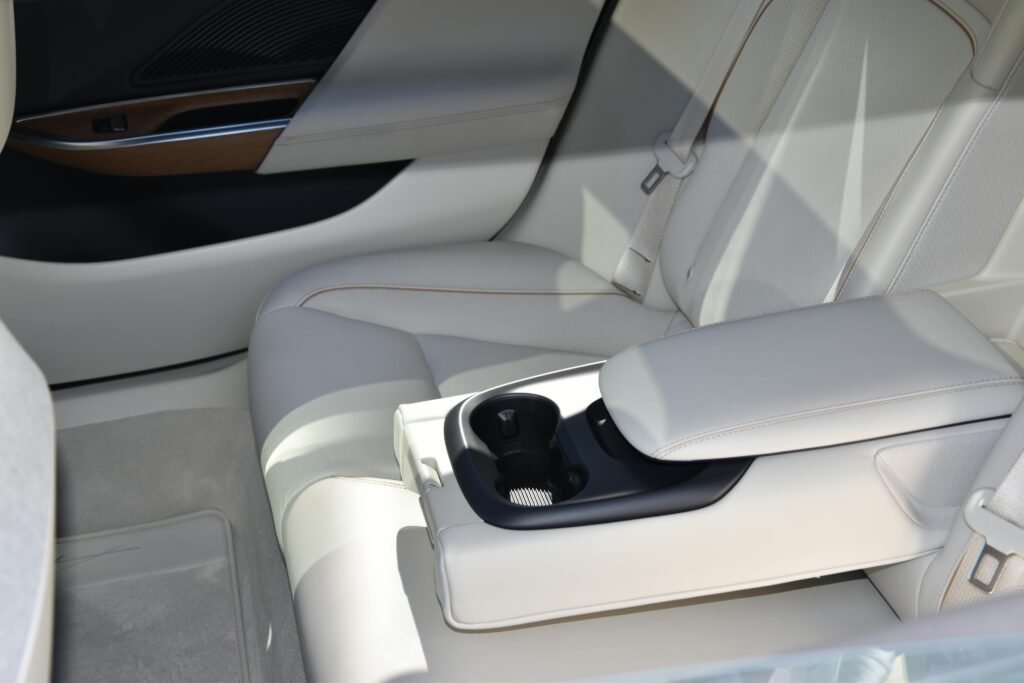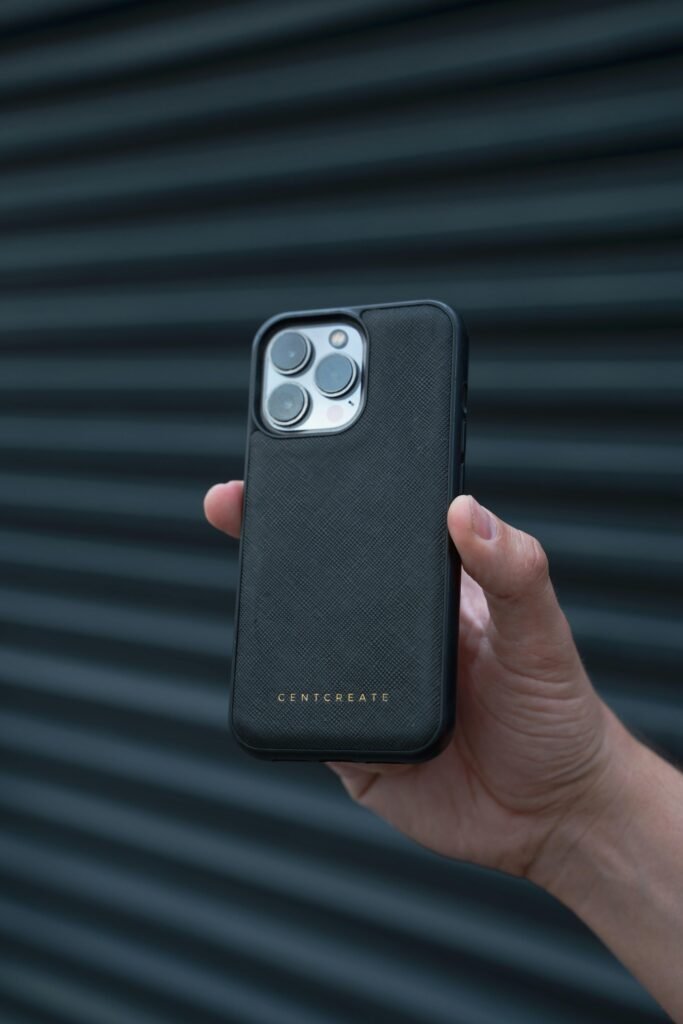Elevating Style and Quality: Creating Alligator Leather Wallets
In the world of luxury goods, alligator leather wallets have long been revered for their unique blend of style and quality. Crafted with exceptional attention to detail, these wallets are more than just an accessory; they are a statement of refined taste. From the sourcing of the finest alligator hides to the meticulous artistry of the crafting process, every step is undertaken with the utmost precision. In this article, we will take you on a journey through the fascinating process of creating these exquisite alligator leather wallets, giving you a glimpse into the world of timeless elegance and unparalleled craftsmanship.
Choosing the Best Quality Alligator Leather
Alligator leather is renowned for its luxurious quality and durability, making it a popular choice for crafting high-end wallets. However, not all alligator leather is created equal, and understanding the differences in skin grades is crucial when choosing the best quality material for your wallet.
Understanding the Differences in Alligator Skin Grades
Alligator skins are graded based on their quality and appearance. Grade 1 skins are the highest quality, with minimal scarring and imperfections, while Grade 2 skins may have more visible marks but still maintain good overall quality. Grade 3 skins have more significant imperfections and are typically used for lower-quality products.
When choosing alligator leather for your wallet, it’s important to consider your personal preference for aesthetics versus durability. Grade 1 skins offer a flawless appearance, but Grade 2 skins can sometimes provide a unique and distinct character to the wallet.
Examining the Quality of the Hide
Once you have determined the desired skin grade, it’s essential to thoroughly examine the overall quality of the hide. Look for any visible blemishes, discolorations, or unevenness in the texture. High-quality hides will have a consistent and smooth surface.
Additionally, check for any signs of damage or wear, such as tears or thinning areas. A well-maintained hide will ensure the longevity of your wallet.
Evaluating the Size and Proportions of the Skin
The size and proportions of the alligator skin are also crucial factors to consider when selecting leather for your wallet. Determine the dimensions needed for your desired wallet design, taking into account the number of compartments and card slots you prefer.
Ensure that the selected skin is large enough to accommodate the required sections without compromising the quality or appearance of the wallet. Properly proportioned leather will result in a well-balanced and aesthetically pleasing final product.
Considering the Origin of the Alligator Leather
The origin of the alligator leather you choose can have implications for both the ethical and environmental aspects of the product. It is essential to consider the source of the leather and ensure that it comes from a reputable and sustainable supplier.
Look for alligator leather that is sourced from regulated farms or tanneries that adhere to ethical practices. Supporting sustainable alligator farming practices helps protect wild populations and ensures the long-term viability of the species.
Preparation and Tanning of Alligator Hide
Before the alligator skin can be transformed into leather, it undergoes several crucial preparation and tanning processes. These steps are essential for removing impurities, adding strength and flexibility, and preparing the hide for the subsequent design and cutting stages.
Removing Flesh and Fat from the Skin
The first step in preparing the alligator hide is to remove the flesh and fat from the skin. This process, known as fleshing, involves carefully scraping away any residual tissue or adipose matter from the underside of the hide. It ensures that the leather will not have any unwanted odor and will maintain its structural integrity.
Soaking the Hide in Saline Solution
After fleshing, the alligator skin is soaked in a saline solution to keep it hydrated and prevent the growth of bacteria. This process also helps to open up the pores of the skin, allowing for better penetration of tanning agents during the subsequent stages.
Applying Acid to Dissolve Scales
Alligator skins have unique scales that need to be removed to achieve a smooth and uniform leather surface. Acid is applied to dissolve the scales, making it easier to remove them without damaging the underlying skin. This step requires careful precision to avoid overexposure to the acid, which could weaken the hide.
Softening and Stretching the Hide
Once the scales are removed, the alligator hide is soaked in water and a stretching agent, such as glycerin, to soften the skin and make it more pliable. This process helps to eliminate any remaining stiffness and prepares the hide for further treatment.
Treating the Hide with Tanning Agents
The final step in the preparation and tanning process involves treating the alligator hide with tanning agents. These agents help to stabilize the proteins in the skin, preventing it from decomposing and ensuring its longevity.
Different tanning methods, such as chrome tanning or vegetable tanning, can be used to achieve specific characteristics in the leather, including color, texture, and flexibility. The choice of tanning method depends on the desired qualities of the final leather product.

This image is property of images.pexels.com.
Design and Cutting of Alligator Leather
Designing and cutting the alligator leather is a crucial step in creating a well-crafted wallet. Attention to detail and precision are essential to ensure a seamless and visually appealing final product.
Creating Patterns and Templates
Before cutting the leather, patterns and templates are created to serve as guides for the design. These patterns outline the different sections of the wallet, such as the bill compartment, card slots, and identification window. They also account for any additional design elements, such as decorative stitching or embossing.
Mapping the Design onto the Hide
Once the patterns are ready, they are carefully placed and mapped onto the alligator hide. This step requires skill and precision to optimize the use of the leather and ensure that the desired portions of the skin are utilized most effectively.
Cutting the Leather with Precision
Using sharp tools or precision cutting machines, the alligator leather is cut according to the mapped-out patterns. Attention to detail is crucial during this process to ensure clean edges and precise dimensions for each section of the wallet.
Punching Holes for Stitching
In addition to cutting the main sections of the wallet, holes are punched along the edges for stitching. These holes allow for durable and secure stitching, ensuring the longevity of the wallet. Special care must be taken to maintain consistent spacing and alignment for an aesthetically pleasing final result.
Stitching Techniques for Alligator Leather Wallets
The stitching of an alligator leather wallet is a crucial step that determines its durability and overall quality. Employing the right stitching techniques and using appropriate materials are vital to ensure strong and enduring seams.
Choosing the Right Thread
When stitching alligator leather wallets, it is important to select the right thread that matches the durability and aesthetic requirements of the product. High-quality threads, such as nylon or polyester, are commonly used due to their strength and resistance to wear and tear. The thread should also complement the color of the leather, creating a seamless and harmonious finish.
Using Appropriate Needles
Using the correct needles for stitching ensures smooth and even perforations in the leather. Sharp and thick needles are typically employed to penetrate through the thick alligator hide without causing damage or distortion. Employing the right needle not only enhances the stitching process but also prevents potential mishaps, such as breaking or bending the needle.
Mastering Techniques like Saddle Stitching
Saddle stitching is a popular and highly effective technique employed in crafting alligator leather wallets. This technique involves using two needles and a single thread to create strong and secure stitches. The thread is looped through each hole from opposite directions, ensuring that even if one stitch fails, the entire seam remains intact. Mastering saddle stitching is essential to achieve consistent and durable stitching.
Ensuring Strong and Durable Stitches
To ensure that the stitches on the alligator leather wallet are strong and durable, it is crucial to maintain consistent tension throughout the stitching process. Loose stitches may result in weakened seams, while overly tight stitches can damage the leather or distort its appearance. A combination of precision, patience, and experience is necessary to achieve optimal stitching quality.

This image is property of images.pexels.com.
Edge Finishing and Paint Techniques
The edges of an alligator leather wallet require careful finishing to enhance their appearance and durability. By employing appropriate techniques such as trimming, sanding, and applying edge coat, the edges become refined and polished.
Trimming and Sanding the Edges
After the wallet is stitched together, the edges are carefully trimmed to achieve a clean and even surface. Any excess leather or irregularities are removed to create a sleek and refined edge. Sanding is then employed to smooth out any remaining roughness or sharpness, ensuring a comfortable and visually pleasing touch.
Applying Edge Coat and Burnishing
To further enhance the appearance and durability of the edges, an edge coat is applied. This special coating seals the edges, protecting the leather from excessive wear and moisture. Additionally, burnishing, a technique that involves rubbing the edge with a smooth tool, can be used to create a glossy and sophisticated finish.
Using Paint or Dye for Color Enhancement
In some cases, alligator leather wallets may undergo color enhancement techniques to achieve a desired aesthetic. Paint or dye can be carefully applied to the edges or other parts of the wallet to add depth and vibrancy. Choosing the right color and application method is crucial to ensure a seamless and long-lasting result.
Hardware Selection and Attachment
Selecting high-quality hardware and securely attaching it to the alligator leather wallet is essential to achieve both functionality and aesthetic appeal.
Choosing High-Quality Hardware
Hardware components, such as snaps, zippers, and buckles, play a crucial role in the functionality and longevity of the wallet. It is important to select hardware made from durable materials, such as stainless steel or solid brass, to ensure resistance to corrosion and breakage. High-quality hardware not only enhances the overall quality of the wallet but also contributes to its visual appeal.
Determining the Ideal Size and Style
The size and style of the chosen hardware should be in harmony with the design of the wallet. Ensuring that the hardware is proportionate to the size of the wallet and complements its overall aesthetic is essential. It is important to strike a balance between functionality and visual appeal to create a well-designed wallet.
Attaching Hardware Securely
Once the hardware components have been selected, they need to be securely attached to the alligator leather wallet. Proper installation techniques, such as riveting or stitching, are employed to ensure that the hardware remains firmly in place. Attention to detail and precision are vital during this step to avoid any potential damage to the leather or compromising the functionality of the wallet.

This image is property of images.pexels.com.
Lining and Internal Compartments
The lining and internal compartments of an alligator leather wallet contribute to its functionality, organization, and overall durability. Selecting suitable lining materials and designing well-structured compartments are essential for a quality wallet.
Choosing the Right Material for Lining
The lining material for an alligator leather wallet should be durable, easy to clean, and complement the overall design. Commonly used materials include high-quality fabrics, such as silk or microfiber, that provide a soft and luxurious interior. The lining material should also be resistant to wear and tear to maintain the wallet’s long-term functionality.
Designing Functional Internal Compartments
The internal compartments of an alligator leather wallet should be carefully designed and structured to optimize organization and ease of use. Ideal compartments may include sections for bills, credit cards, identification cards, and additional pockets for coins or small items. Ensuring that these compartments are well-sized, easily accessible, and securely constructed contributes to an efficient and organized wallet.
Ensuring Quality and Durability in Stitching
The stitching used to attach the wallet’s lining and create internal compartments plays a pivotal role in the wallet’s quality and longevity. High-quality threads and precise stitching techniques are essential to ensure durable and secure seams. This not only prevents the lining or compartments from coming apart but also maintains the overall structural integrity of the wallet.
Final Assembly and Finishing Touches
The final assembly of the alligator leather wallet brings together all the meticulously crafted components, culminating in a beautifully finished product. Attention to detail, expert hand-stitching, and adding finishing touches contribute to the overall quality and aesthetic appeal of the wallet.
Bringing All the Components Together
During the final assembly stage, all the individual components of the wallet, such as the main body, lining, and compartments, are meticulously aligned and combined. Ensuring proper placement and alignment ensures a seamless and visually pleasing final product.
Hand-Stitching the Different Parts
Hand-stitching is often the preferred method for assembling the different parts of an alligator leather wallet due to its strength and precision. Skilled artisans use specialized needles and threads to expertly join the various components with consistent and durable stitching.
Adding Finishing Touches like Logo or Branding
To add a personal touch and enhance the wallet’s identity, logos or brandings can be incorporated into the design. These final touches can be achieved through embossing, engraving, or the addition of metal or leather accessories. Attention to detail and precision are crucial during this stage to ensure that these branding elements align with the overall aesthetic and do not compromise the functionality of the wallet.
Quality Control and Inspection
Before a finished alligator leather wallet reaches the hands of its owner, it undergoes a thorough quality control and inspection process. Expert artisans carefully examine every aspect of the wallet, including stitching, hardware, edges, and overall appearance, to ensure that it meets the highest quality standards. This step ensures that every wallet leaving the workshop is crafted to perfection.
Caring and Maintaining Alligator Leather Wallets
To maximize the lifespan and maintain the stunning appearance of an alligator leather wallet, regular care and maintenance are necessary. Proper cleaning, conditioning, and protection techniques should be employed to ensure the longevity and beauty of the wallet.
Cleaning and Conditioning the Leather
Regularly cleaning the surface of the alligator leather wallet with a soft, damp cloth removes dirt and grime and prevents the buildup of residues. Conditioning the leather periodically with a high-quality leather conditioner keeps it moisturized and prevents drying or cracking.
Avoiding Excessive Moisture and Heat
Exposure to excessive moisture or heat can damage alligator leather wallets. It is important to avoid soaking the wallet in water or exposing it to direct sunlight, heating vents, or other sources of extreme heat. These precautions prevent the leather from warping, drying out, or losing its vibrant color.
Applying Leather Protectants and Conditioners
Leather protectants and conditioners specifically formulated for alligator leather can be applied periodically to provide added protection and maintain the wallet’s appearance. These products help repel moisture, resist stains, and preserve the natural luster of the leather. It is essential to select products that are suitable for alligator leather and follow the manufacturer’s instructions for proper application.
Ethics and Sustainability in Alligator Leather Production
An important aspect of alligator leather production is considering and promoting ethics and sustainability. Ensuring the responsible sourcing of alligator skins contributes to the protection of alligator populations and the ecosystem.
Understanding the Impact on Alligator Populations
Alligator populations can be negatively impacted by unsustainable harvesting practices. It is crucial to understand the impact of alligator leather production on these populations and work towards responsible sourcing. Supporting regulated farms and tanneries that adhere to conservation practices helps maintain healthy alligator populations and aids in their long-term survival.
Ensuring Legal and Ethical Sourcing
Responsible alligator leather production requires strict adherence to legal and ethical sourcing practices. It is essential to choose suppliers and manufacturers who comply with local and international regulations and follow ethical guidelines. These practices include ensuring transparency in the supply chain, promoting animal welfare, and supporting conservation efforts.
Supporting Sustainable Alligator Farming Practices
Sustainable alligator farming practices play a vital role in the preservation and protection of the species. Supporting and promoting these practices helps reduce pressures on wild alligator populations while ensuring a consistent supply of alligator skins. This contributes to the long-term viability of the industry and protection of the ecosystem.
In conclusion, crafting high-quality alligator leather wallets involves a meticulous process that encompasses various stages, from choosing the best quality leather to ensuring ethical and sustainable practices. Attention to detail, skilled craftsmanship, and dedication to quality are essential in creating wallets that not only exude luxury but also stand the test of time. By understanding the intricate steps involved in the creation of alligator leather wallets, you can fully appreciate the artistry and dedication that goes into each one.
